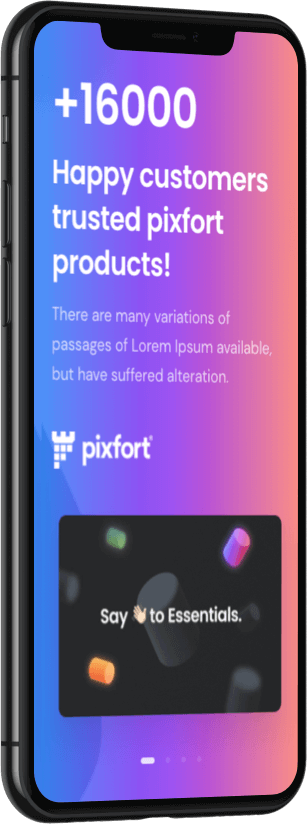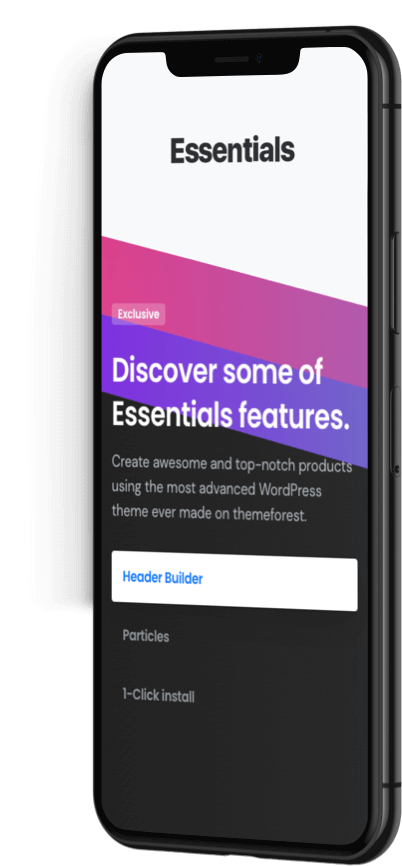Programmatic Display Ads
Is this ad type right for you?


Do you want an agency that is not shy to advertise your product?
Do you want to run 18+ ads?
Do you want to spread your ads literally everywhere?
Do you want to push your ads aggressively?
Those annoying ads that everyone hates and tries to block ... yes they are programmatic.
These ads could be annoying but on the other hand in some cases, it could be the most effective channel for your business.
What are programmatic display ads?
Programmatic display advertising is a method of buying and selling digital ad space using automated processes and real-time bidding (RTB) systems. It involves the use of technology and algorithms to purchase ad inventory across various websites, apps, and digital platforms. Instead of traditional methods involving manual negotiations and buying ad space, programmatic display ads use data-driven decisions to target specific audiences and optimize ad placements.

How does programmatic ads work?
At its core, programmatic advertising involves a complex ecosystem of technology platforms and algorithms that facilitate the buying and selling of ad inventory across various digital channels. Advertisers, or their agencies, utilize Demand-Side Platforms (DSPs) to manage their campaigns. Within the DSP, they set parameters such as target audience demographics, geographic location, device type, ad format, and budget.
On the other side, publishers and app developers use Supply-Side Platforms (SSPs) to manage their ad inventory. SSPs provide information about available ad space, including details like audience demographics, page content, and historical performance.
The interaction between DSPs and SSPs happens through ad exchanges, digital marketplaces where advertisers and publishers come together to buy and sell ad inventory. When a user visits a website or uses an app, the available ad space is put up for auction in real-time.
This is where real-time bidding (RTB) comes into play. The ad exchange sends bid requests to DSPs, which analyze the available impressions based on the advertiser’s targeting criteria and bid on behalf of the advertiser. Bids are evaluated almost instantly, and the highest bidder wins the auction. The winning ad creative is then delivered to the publisher’s website or app, where it is displayed to the user.
Throughout the campaign, advertisers monitor the performance of their ads in real-time, gathering data on impressions, clicks, conversions, and other metrics. This data is used to optimize campaigns by adjusting targeting parameters, creative elements, bidding strategies, and budget allocation.
What are the main benefits of programmatic advertising?
Large-Scale Campaigns
Targeting Specific Audiences
Dynamic and Personalized Ads
Flexible and Scalable
Geotargeting
A/B Testing
Real-Time Optimization
Efficiency and Cost-Effectiveness
Retargeting Campaigns
Cross-Device Reach
When to use programmatic display ads?
These examples illustrate how programmatic display ads can be effectively used across various industries and marketing objectives, such as retargeting, promotions, product launches, local advertising, lead generation, and ticket sales, among others, to reach specific audiences and achieve marketing goals.
sales events
During seasonal sales events like Black Friday, Cyber Monday, or other promotional periods, programmatic display ads can efficiently target audiences with tailored offers or product promotions to drive sales and capitalize on increased shopping intent.
e-commerce
Suppose a user visits an online clothing store, adds items to their cart, but doesn't complete the purchase. Programmatic display ads can retarget these users, displaying ads showcasing the abandoned items or offering discounts to encourage them to return and complete the purchase.
cross & upselling
After a customer completes a purchase, programmatic display ads can target them with related or complementary products, encouraging further engagement and additional purchases.
customer acquisition
Leveraging programmatic display ads to attract new customers by targeting lookalike audiences or demographics similar to existing high-value customers can be highly effective for expanding customer bases.
product launch
When launching a new product or service, programmatic display ads can help generate buzz, raise awareness, and reach a broad audience quickly by targeting relevant demographics and interests.
promotions
A travel agency aiming to promote vacation packages for specific destinations can use programmatic display ads. They target users who have previously shown interest in travel-related content or searched for flights or hotels, displaying ads with enticing offers for those destinations.
new model launch
An automobile manufacturer launching a new car model can use programmatic ads to reach potential buyers. They target users interested in cars or those who have visited automotive websites, displaying ads highlighting the features and benefits of the new model.
local business
A local restaurant running a special event or offering discounts can utilize programmatic display ads. They target users in the restaurant's vicinity, displaying ads promoting the event or special offers, encouraging locals to visit the establishment.
lead generation
A financial services company offering investment advice may use programmatic display ads to target users interested in finance, retirement planning, or stock market news. The ads can promote webinars or guides, generating leads for the company's services.
ticket sales
A theater or concert venue selling event tickets can utilize programmatic ads. They target users who have shown interest in similar events or genres, displaying ads promoting upcoming shows or concerts, aiming to boost ticket sales.
brand awareness
Companies looking to increase brand visibility or promote their brand message can use programmatic display ads to reach a wider audience, sharing their story and values through visually engaging creatives.
However, before starting a Programmatic campaign, it's crucial to:
Goal setting
Have a clear goal in mind (e.g., increasing sales, generating leads, brand awareness).
Target audience
Determine and understand your target audience and their search behavior - like what platforms, devices, channels they use
Ad format
Select ad formats based on your target audience preferences. It can be display ad, CTV or audio.
Creatives
Superb creatives convert much better that result in higher conversion rate and better efficiency overall.
Monitor performance
Continuously monitor and optimize your campaigns based on the actual performance data.
Programmatic advertising offers several benefits, including increased efficiency, precise targeting capabilities, real-time optimization, and access to a vast inventory of digital ad space. It has revolutionized the way digital advertising is bought and sold, making the process more automated, data-driven, and scalable.
